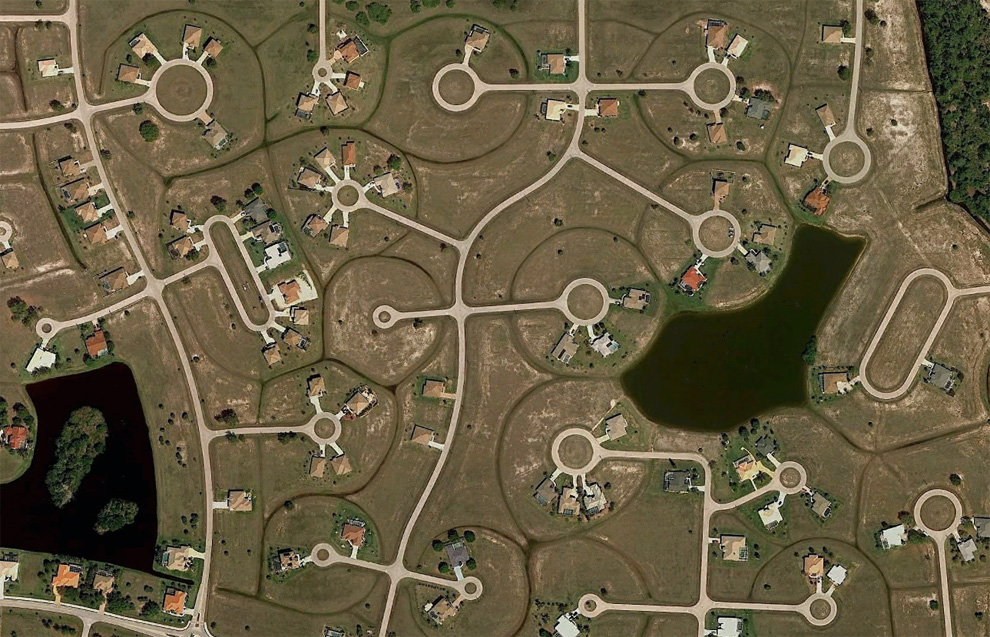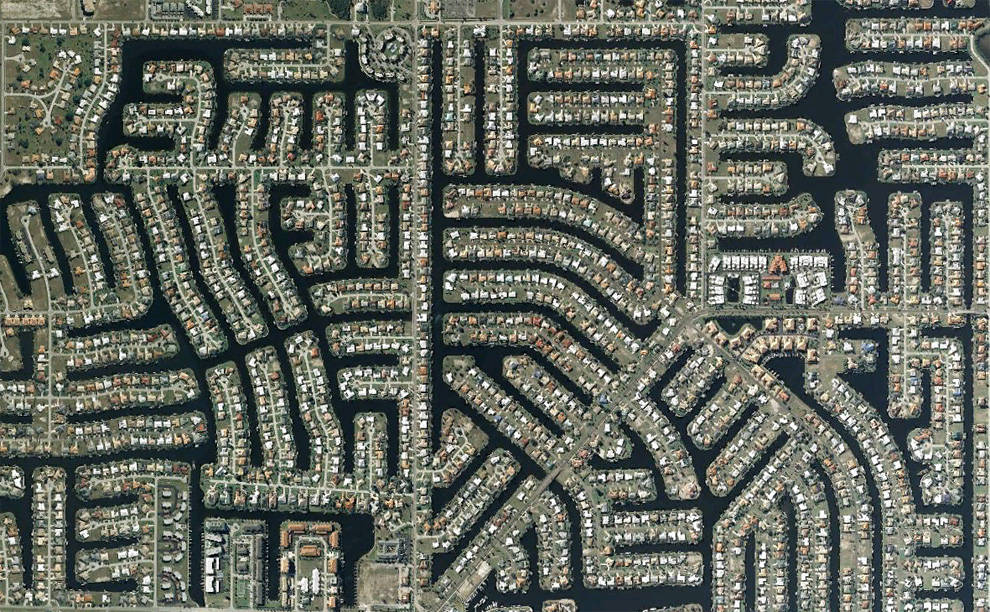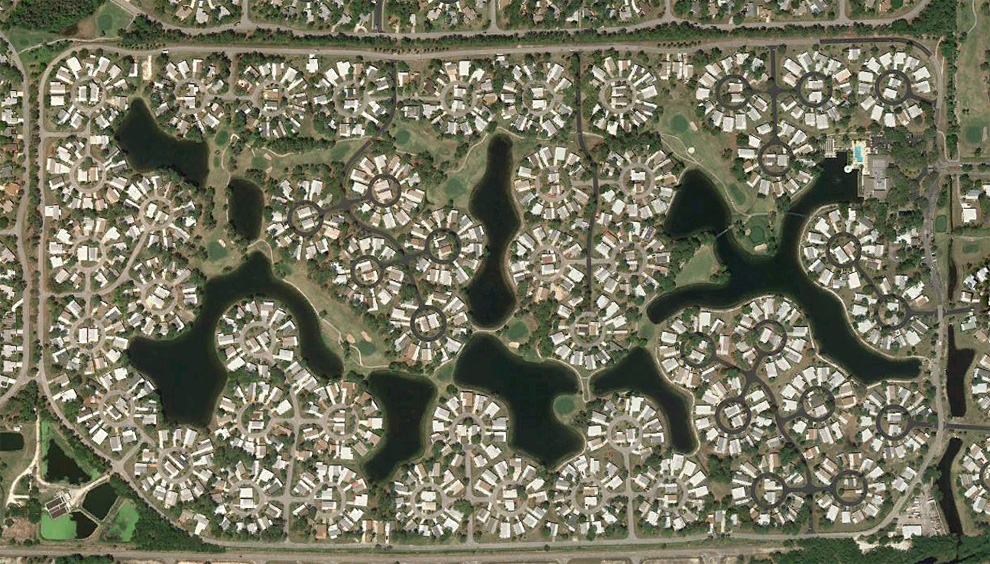M II A II R II K
Senior Member
Driven Apart: How Sprawl Is Lengthening Our Commutes and Why Misleading Mobility Measures Are Making Things Worse
Read More: http://www.ceosforcities.org/work/driven-apart
Driven Apart Report: http://www.ceosforcities.org/pagefiles/DrivenApartXSFINAL.pdf
Infographic: http://www.ceosforcities.org/pagefiles/DrivenApartInfoGraphicFINAL.jpg
The report, titled Driven Apart: How sprawl is lengthening our commutes and why misleading mobility measures are making things worse and supported by the Rockefeller Foundation takes a new look at what’s really causing traffic congestion in America. The conclusions are far different than those of the UMR, which has long been used to measure traffic congestion.
“This analysis, once again, shows that many of the assumptions driving big investments of taxpayer dollars that shape our communities are outdated, said CEOs for Cities President and CEO Carol Coletta. Driven Apart adds to the growing body of evidence that shows compact development that puts many destinations close at hand has unexpected benefits — in this case, less time spent in traffic requiring less spending on highways. If we heed its findings, we’ll save time and money.â€
Driven Apart ranks how long residents in the nation’s largest 51 metropolitan areas spend in peak hour traffic, and in some cases the rankings are almost the opposite of those listed in the 2009 Urban Mobility Report.
For instance, the UMR depicts Chicago as having some of the worst travel delays, when it actually has the shortest time spent in peak hour traffic of any major US metro area. In contrast, Nashville jumped from 31st to first on the list of those with the longest peak travel times.
While peak hour travel times average 200 hours a year in large metropolitan areas, Driven Apart proves that some cities have managed to achieve shorter travel times and actually reduce the peak hour travel times. The key is that some metropolitan areas such as Chicago, Portland and Sacramento have land use patterns and transportation systems that enable their residents to take shorter trips and minimize the burden of peak hour travel. If every one of the top 50 metros followed suit with Chicago and other higher performing cities, their residents would drive about 40 billion fewer miles per year and use two billion fewer gallons of fuel, for a cost savings of $31 billion annually.
The Urban Mobility Report gives a more favorable travel congestion rating to metropolitan Charlotte, NC, than to metropolitan Chicago, based on the proportion of the trip spend in congested traffic. But as CEOs for Cities points out, the Chicago trip takes only two-thirds as much time, and is nearly one-third shorter in distance. So which place is really better for commuters and for the world's climate?

Urban Mobility Reports from the Texas Transportation Institute have for years focused on traffic congestion. This graph from a new CEOs for Cities analysis reveals, however, that commuters often end up spending more time on the road, traveling miles longer, in sprawling metropolitan areas.

Read More: http://www.ceosforcities.org/work/driven-apart
Driven Apart Report: http://www.ceosforcities.org/pagefiles/DrivenApartXSFINAL.pdf
Infographic: http://www.ceosforcities.org/pagefiles/DrivenApartInfoGraphicFINAL.jpg
The report, titled Driven Apart: How sprawl is lengthening our commutes and why misleading mobility measures are making things worse and supported by the Rockefeller Foundation takes a new look at what’s really causing traffic congestion in America. The conclusions are far different than those of the UMR, which has long been used to measure traffic congestion.
“This analysis, once again, shows that many of the assumptions driving big investments of taxpayer dollars that shape our communities are outdated, said CEOs for Cities President and CEO Carol Coletta. Driven Apart adds to the growing body of evidence that shows compact development that puts many destinations close at hand has unexpected benefits — in this case, less time spent in traffic requiring less spending on highways. If we heed its findings, we’ll save time and money.â€
Driven Apart ranks how long residents in the nation’s largest 51 metropolitan areas spend in peak hour traffic, and in some cases the rankings are almost the opposite of those listed in the 2009 Urban Mobility Report.
For instance, the UMR depicts Chicago as having some of the worst travel delays, when it actually has the shortest time spent in peak hour traffic of any major US metro area. In contrast, Nashville jumped from 31st to first on the list of those with the longest peak travel times.
While peak hour travel times average 200 hours a year in large metropolitan areas, Driven Apart proves that some cities have managed to achieve shorter travel times and actually reduce the peak hour travel times. The key is that some metropolitan areas such as Chicago, Portland and Sacramento have land use patterns and transportation systems that enable their residents to take shorter trips and minimize the burden of peak hour travel. If every one of the top 50 metros followed suit with Chicago and other higher performing cities, their residents would drive about 40 billion fewer miles per year and use two billion fewer gallons of fuel, for a cost savings of $31 billion annually.
The Urban Mobility Report gives a more favorable travel congestion rating to metropolitan Charlotte, NC, than to metropolitan Chicago, based on the proportion of the trip spend in congested traffic. But as CEOs for Cities points out, the Chicago trip takes only two-thirds as much time, and is nearly one-third shorter in distance. So which place is really better for commuters and for the world's climate?

Urban Mobility Reports from the Texas Transportation Institute have for years focused on traffic congestion. This graph from a new CEOs for Cities analysis reveals, however, that commuters often end up spending more time on the road, traveling miles longer, in sprawling metropolitan areas.









